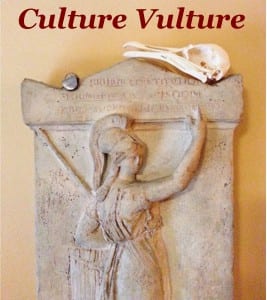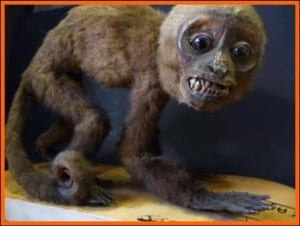Kings and Queens and the case of the pink hippo?
By Edmund Connolly, on 15 March 2013
Guest Blogger, Christopher Webb
On Tuesday the 26th February the Petrie Museum played host to a celebration of LGBT history month. The evening, ‘Every good thing’, saw Egyptologist John J Johnston in conversation, as he discussed items chosen from the Petrie’s collection of over 80,000 artefacts from ancient Egypt and Sudan, including figurines, mummy portraits and ceramic. Our special guests from the LGBT community carefully selected their personal choice of object and reflected on what it tells them about life, love and sexuality in the ancient world. The goal of the evening was to further our knowledge and insight into the LGBT experience in the ancient world.
Our first guest, comedian, writer and actor Tom Allen, chose a terracotta head of Alexander the Great, from Memphis.  (more…)
(more…)
 Close
Close



 I am surrounded by 68,000 specimens on a regular basis and feel as though I have a personal relationship with the vast majority of them. I care for the specimens, as any Museum Assistant would, like I knew the animal whilst it was alive, loved it, nurtured it when it was sick, laughed with it, cried with it, and now, in it’s death, I am it’s keeper whilst it sleeps for eternity.
I am surrounded by 68,000 specimens on a regular basis and feel as though I have a personal relationship with the vast majority of them. I care for the specimens, as any Museum Assistant would, like I knew the animal whilst it was alive, loved it, nurtured it when it was sick, laughed with it, cried with it, and now, in it’s death, I am it’s keeper whilst it sleeps for eternity.

 After all the excitement last week of the celebrity
After all the excitement last week of the celebrity 